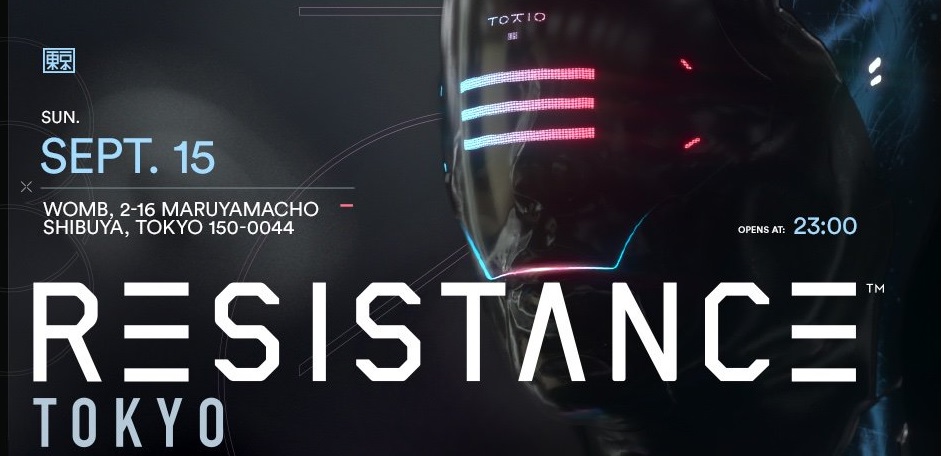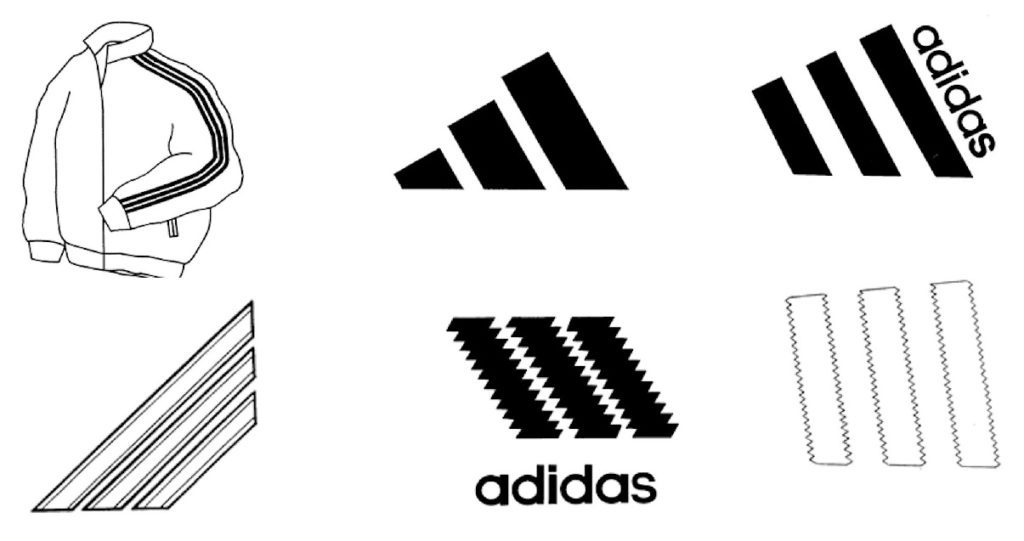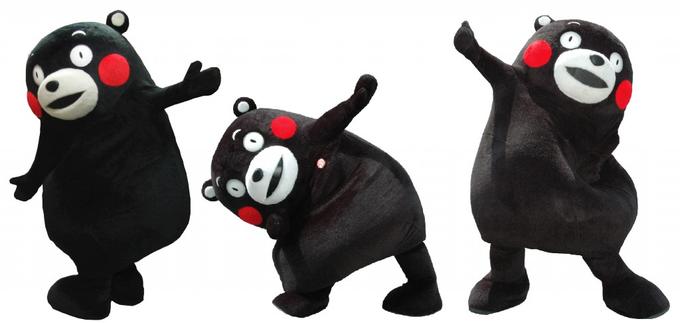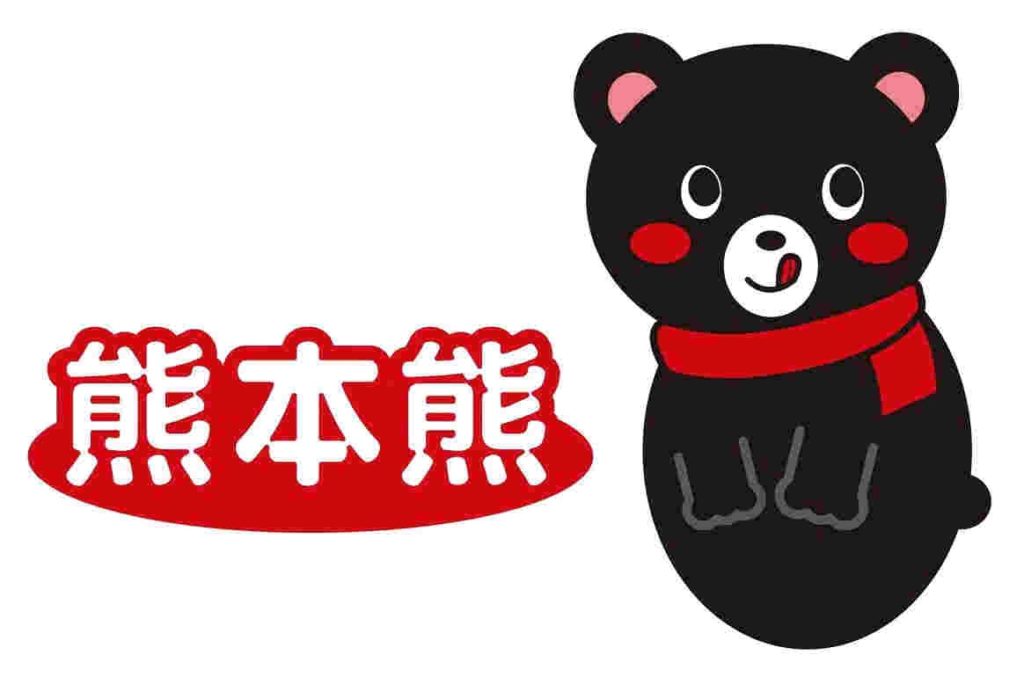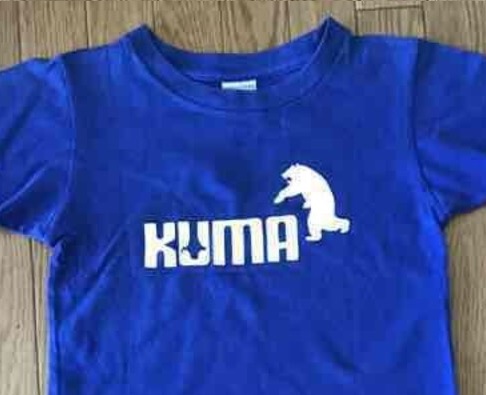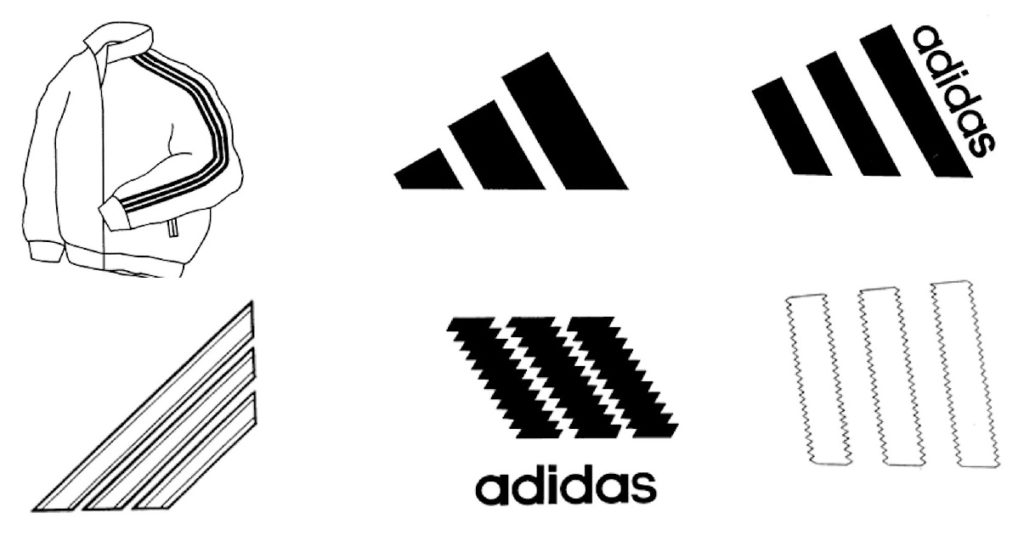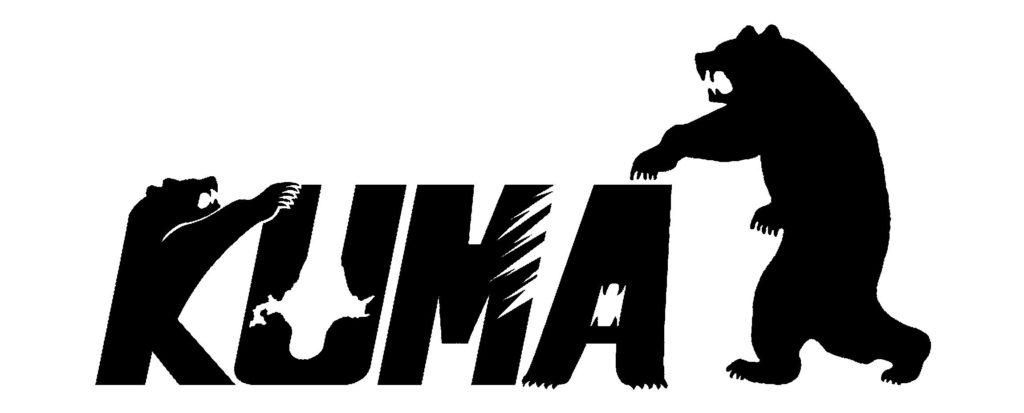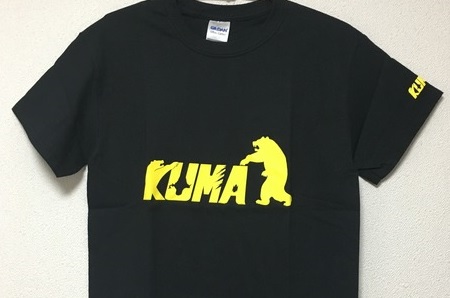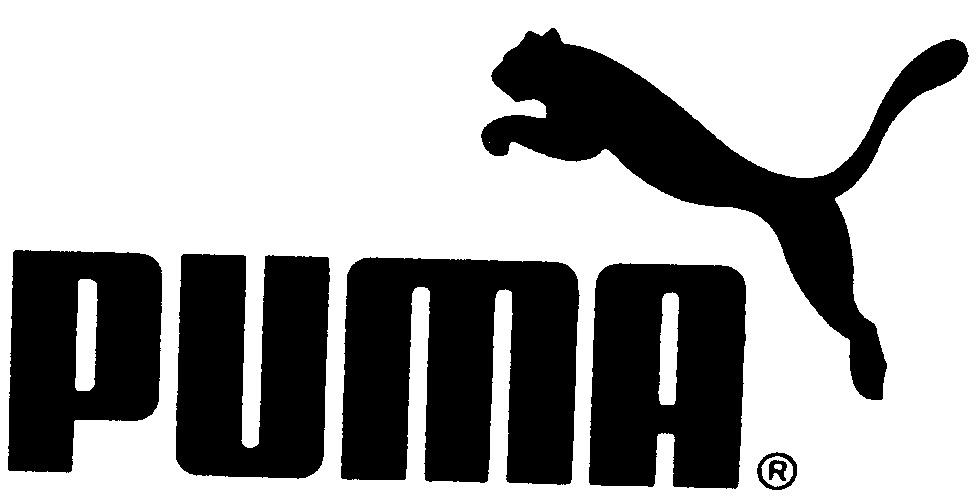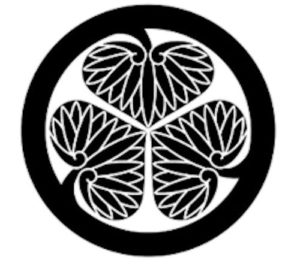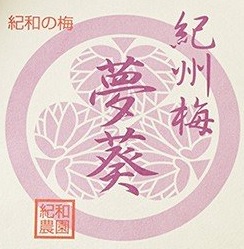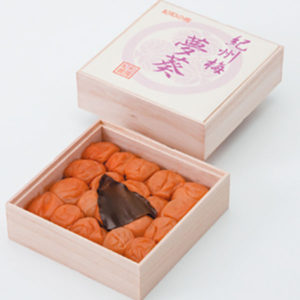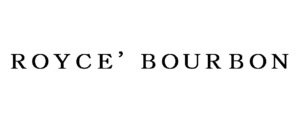In a recent administrative decision, the Japan Patent Office (JPO) sided with Danjaq, LLC, and declared invalidation of a wordmark “BOND GIRL” written in a Japanese katakana character in contravention of Article 4(1)(vii) of the Trademark Law.
[Invalidation case no. 2019-890044, Gazette issued date: April 24, 2020]Disputed mark
“BOND GIRL” written in a Japanese katakana character (see below) was filed to JPO on the service of ‘arranging, conducting, and organization of seminars’ in class 41 by a Japanese individual on November 4, 2015, and registered on December 2, 2016.

Opposition & Invalidation petition by Danjaq, LLC
On March 9, 2017, just before the lapse of a two-months opposition period, Danjaq, LLC, the holding company responsible for the copyright and trademarks to the characters, elements, and other material related to James Bond on screen, filed an opposition to the disputed mark.
However, since Danjaq failed to supplement arguments for opposition within a statutory period, the JPO decided to dismiss the opposition entirely.
On August 2, 2019, Danjaq filed a petition for invalidation and argued disputed mark shall be invalid in contravention of Article 4(1)(vii), (xv) and (xix) of the Trademark Law by citing world-famous cinematic heroine “BOND GIRL” in the James Bond film series “007”.
Article 4(1)(vii)
Article 4(1)(vii) of the Trademark Law prohibits any mark likely to cause damage to public order or morality from registration.
In the petition, Danjaq argued “BOND GIRL” has appeared as a love interest of James Bond in the movies for over 55 years since 1962. Due to frequent appearances in magazines, other public media, and various events pertinent to the Japes Bond movie, the name and sign of “BOND GIRL” has been well-known for cinematic heroine in association with the film series “007”.
If so, it is presumed that the applicant intentionally applied disputed mark with an aim to monopolize the term. Since the applicant does not have any legal interest with Danjaq, a legitimate owner of trademarks and copyrights pertaining to the 007 movies, it must impermissibly cause not only damage to public order but the disorder in domestic and foreign trade.
Invalidation Board decision
The Invalidation Board initially noted that the James Bond film series “007” is world-widely known motion pictures. From the produced evidence, the cinematic heroine “Bond girl” has regularly attracted audiences through screens, magazines, and promotional events of the movie. The sign “BONG GIRL” had further extensive marketing and licensing to companies in vastly different product categories, not only with products associated with the motion pictures, e.g. nails, cosmetics, dolls, cards, calendars, and others. Relevant consumers at the sight of the disputed mark would conceive nothing but the cinematic heroine in the film. The Board, therefore, considered that “BOND GIRL” has become worldly famous as a cinematic heroine that appeared in the “007” film series.
The Board continued in analyzing efforts made by Danjaq to enhance the commercial value of “BOND GIRL” by means of trademark registrations in various jurisdictions and licensing to different product categories.
The Board finally concluded that taking into account the foregoing, since it appears that the applicant makes less contribution to establishing reputation and goodwill on “BOND GIRL”, it shall be impermissible for the applicant to monopolize the term on service in question.
To prevent damage to public order, the disputed mark shall be retroactively invalidated in contravention of Article 4(1)(vii).
In the meantime, surprisingly, the Board denied Danjaq’s allegation regarding a likelihood of confusion because “BOND GIRL” is just famous for cinematic heroine, not as a source indicator of Danjaq.


